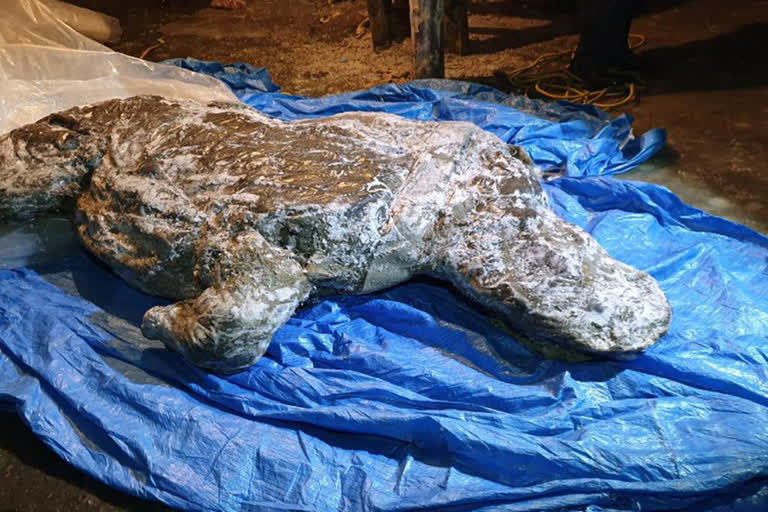Moscow: A well-preserved Ice Age woolly rhino with many of its internal organs still intact has been recovered from permafrost in Russia’s extreme north.
Russian media reported on Wednesday that the carcass was revealed by melting permafrost in Yakutia in August. Scientists are waiting for ice roads in the Arctic region to become passable to deliver it to a lab for studies next month.
It’s among the best-preserved specimens of the Ice Age animal found to date. The carcass has most of its soft tissues still intact, including part of the intestines, thick hair and a lump of fat. Its horn was found next to it.
Recent years have seen major discoveries of mammoths, woolly rhinos, Ice Age foal, and cave lion cubs as the permafrost increasingly melts across vast areas of Siberia because of global warming.
